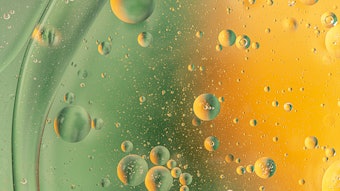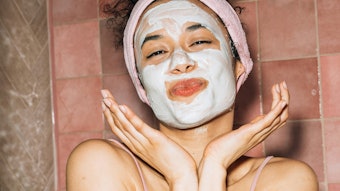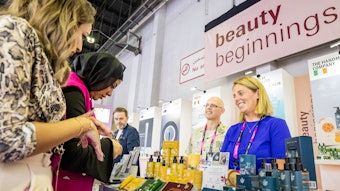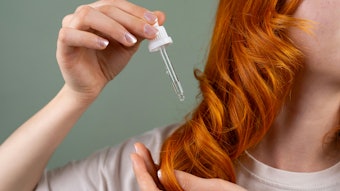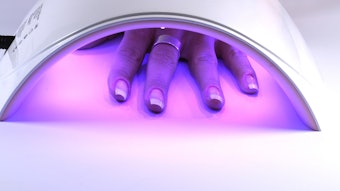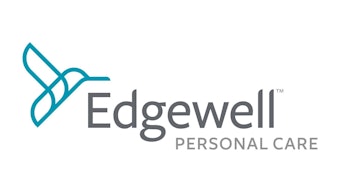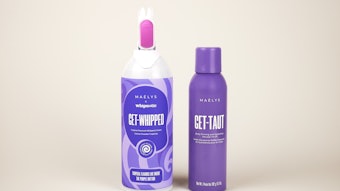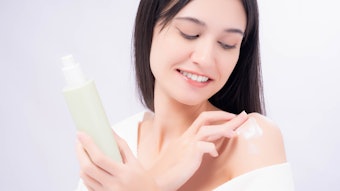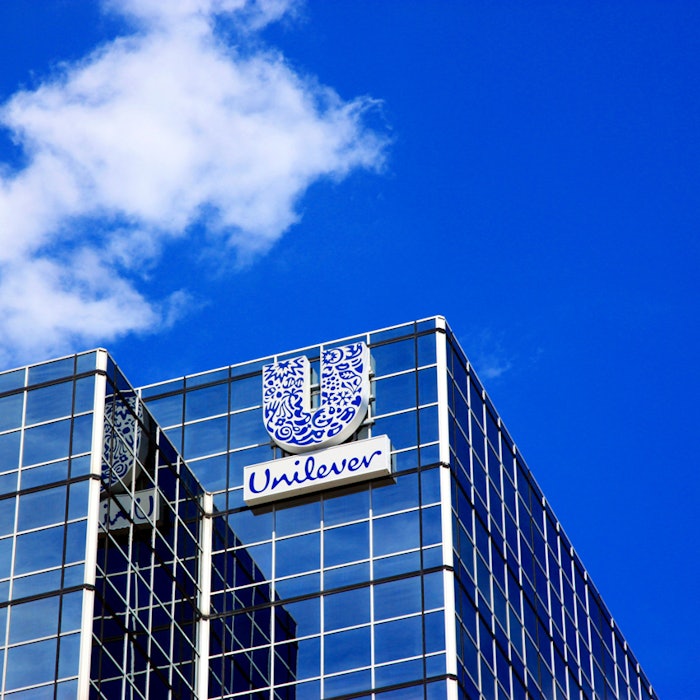
Unilever has released its Q1 2025 trading update, showcasing its strategic focus and growth momentum in its beauty and wellbeing personal care categories. These categories have emerged as critical drivers of the company’s performance, fueled by innovation, premiumization, and competitive positioning. Here's a break-down of the key highlights.
Beauty & Wellbeing Growth Snapshot
- Underlying sales growth (USG): 4.1%
- Volume growth (UVG): 2.5%
- Price growth (UPG): 1.5%
- Turnover: €3.3 billion (2.9% year-over-year increase)
Unilever’s Beauty & Wellbeing division demonstrated robust performance in Q1, with notable contributions from its Wellbeing and Prestige Beauty divisions. However, slower market conditions in specific regions limited broader growth.
Key Subsector Insights
- Hair Care: Despite flat overall performance, innovative relaunches like Dove's cutting-edge fiber repair technology and Nexxus' premium HY-Volume range drove brand-specific growth. On the other hand, Sunsilk faced challenges against high prior-year comparisons, particularly in Brazil, while Clear struggled amid a weakened Chinese market.
- Skin Care: Core skin care brands, such as Dove and Vaseline, grew in double digits, bolstered by premium rollouts like Dove's body serums and Vaseline's Pro Derma Ceramide range. Pond’s launched its Ultra Light Biome range in Asia, strengthening its portfolio with advanced hydration and skin barrier innovation.
- Wellbeing (18% of the segment): This category achieved double-digit growth led by Liquid I.V. (supported by its new sugar-free variant) and Nutrafol. Both brands experienced strong performance across digital channels, continuing their international expansion.
- Prestige Beauty: Sector performance softened slightly due to the downturn in discretionary beauty spending. However, high-end brands like Hourglass and Tatcha continued delivering double-digit growth, while Paula’s Choice and Dermalogica faced declines, primarily in professional channels and entry-price segments.
Beauty & Wellbeing remains a growth engine for Unilever. The focus on premiumization, selective international expansion, and a continued emphasis on science-led innovation highlight resilience in this segment. Initiatives like social-first consumer engagement have further cemented the division’s position in digitally-driven growth markets.
Personal Care Growth Snapshot
- Underlying sales growth (USG): 5.1%
- Volume growth (UVG): 2.7%
- Price growth (UPG): 2.4%
- Turnover: €3.3 billion (4.4% year-over-year decline due to disposals and other factors)
Personal Care recorded the strongest growth across all Unilever business groups, driven by innovation and consumer engagement in core segments such as skin cleansing and deodorants.
Key Subsector Insights
- Skin Cleansing: Dove achieved impressive high-single-digit growth, supported by products like its serum shower collection and updated Men+Care range. Lux and Lifebuoy lagged due to underperformance in key markets like Indonesia, China, and India. Lifebuoy has since been repositioned with an elevated skin protection proposition aimed at revitalizing its market presence.
- Deodorants: Growth was mid-single digit, led by Dove's double-digit surge in volume. Innovations like whole-body deodorants (originally introduced in North America) are now being expanded to Europe, India, and additional global markets. Performance from Rexona and Axe remained flat, as Latin American economic challenges weighed on performance.
- Oral Care: Close-Up and Pepsodent displayed strong growth, driven by the successful introduction of whitening ranges and steady momentum across Asian markets.
Strategic Takeaway
The personal care business has benefitted from breakthrough innovation platforms, such as Dove’s product expansions and advertising campaigns, including its high-visibility Super Bowl activation. Investments in premium product development and cross-channel brand engagement continue to resonate with consumers globally.
Regional Focus and Market Performance
North America
Key highlights:
- Led the growth story with 6.2% USG, consisting of 4.0% volume growth, driven by Beauty & Wellbeing and Personal Care.
- Successful premiumization initiatives and enhanced local market execution were vital in ensuring resilience amidst declining consumer sentiment.
Europe
Key highlights:
- Achieved 3.2% USG, primarily propelled by Home Care innovations. Personal Care and Ice Cream also contributed, benefiting from volume-led growth.
Emerging Markets
Key highlights:
- Slower overall growth (2.0% USG) influenced by economic challenges in Latin America and declines in China and Indonesia.
- Wellbeing categories and personal care segments managed to offset broader headwinds, ensuring a stable outlook for H2 recovery.
Strategic Innovations Supporting Growth in 2025
Unilever’s focus in Q1 revolved around science-backed formulations, premium branding, and expansion into high-growth markets like wellbeing and prestige beauty. Additionally, social-first marketing, selective acquisitions (e.g., Wild in personal care), and innovation pipelines targeting premium segments have set the tone for sustainable growth.
The company also continues to capitalize on the dominance of its Power Brands (e.g., Dove, Vaseline, Liquid I.V.), growing ahead of category averages globally.
- R&D-Driven Product Debuts: prestige hair care launches like Nexxus HY-Volume strengthen product portfolios.
- Consumer Personalization: the rollout of initiatives like expanded digital channels for Wellbeing brands drive deeper consumer connections.
These strategies align with Unilever’s overarching emphasis on growth, innovation, and operational excellence.
Looking Forward
Unilever’s focus on Beauty & Wellbeing and Personal Care provides a strategic edge, reinforced by its continued emphasis on premiumization and science-led innovation. Despite volatility in some emerging markets, the company’s targeted interventions aim to deliver robust performance in H2 2025 and beyond.
Fernando Fernandez, CEO of Unilever says, "I believe that our quarter one was solid and I would like to highlight also the two-year top line growth CAGR of 3.7% with close to 2% in volume. We believe that this is a very competitive performance. We are confident in delivering the full-year plan based on the good momentum we are having, particularly in developed markets, and the strong innovation plan that we are putting in place."
!['Snoopy and Woodstock are cherished [characters] across generations and pairing them with our most-loved body care essentials creates a collection that feels classic with a modern twist. This launch is about celebrating our community with something unforgettable while starting an exciting new era for the brand,' said Luis Garcia, Chief Marketing Officer.](https://img.gcimagazine.com/mindful/allured/workspaces/default/uploads/2025/10/tree-hut-peanuts-fullcollection-fall26-1x1-1253.lGcuurUszp.jpg?auto=format%2Ccompress&fit=crop&h=191&q=70&w=340)
